When looking at the sea of faces McDiarmid has captured in his work, it is easy to pick up on all the similarities across our global, and increasingly multicultural society. His growing collection of UK portraits has all the same types of people, whether you are in London, Chicago, Paris, or Indianapolis. Ubiquitous white ear buds hang around necks, people of all different skin colors travel to and from work, or gaze into their phone screens while on the streets. We see common people who’ve stopped to have their photo taken — and we can point to the common threads in his growing family album of sorts; a collection of faces that shows the current fabric of society in the United Kingdom, and in some sense, the world.
blog
Interview with photographer Niall McDiarmid
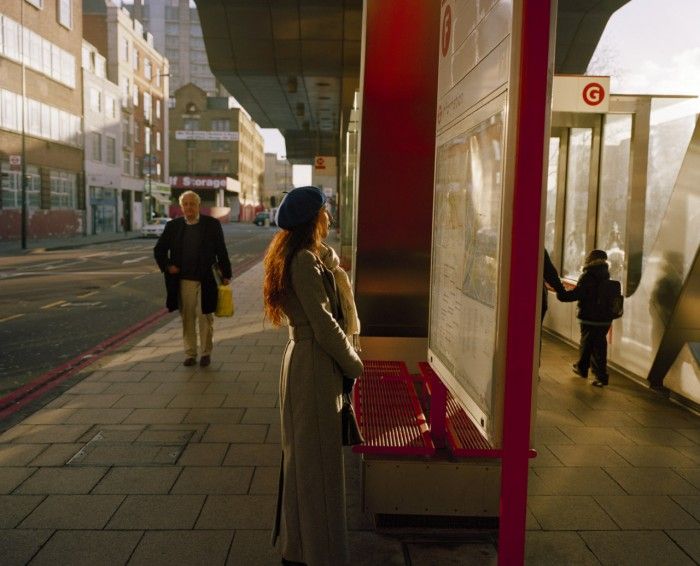
From Via Vauxhall. © Niall McDiarmid
The Faces of Our Times: The Diverse Portraits of Britain by Niall McDiarmid
The life of an artist is a long and difficult row to hoe. Niall McDiarmid has been working as a photographer for over 20 years, largely in print publications. He has published two books recently that feature portraits of people he photographed in the UK over the past five or so years, and recently McDiarmid shot portraits on assignment for Vogue Magazine to coincide with Fashion Week in London. These kind of career events aren’t something that happens overnight. It would be nice to say McDiarmid has gone from Dungarees to Dolce & Gabbana; but the truth of the matter reads more like ‘From Dungarees to Dickies’.
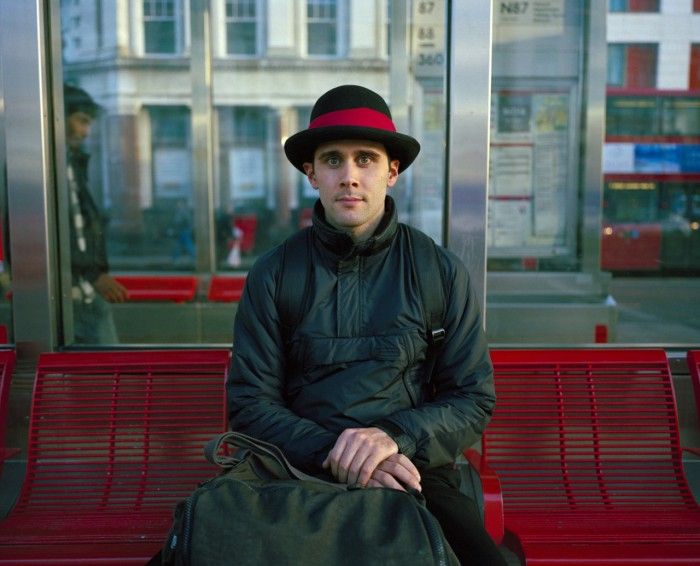
From Via Vauxhall © Niall McDiarmid
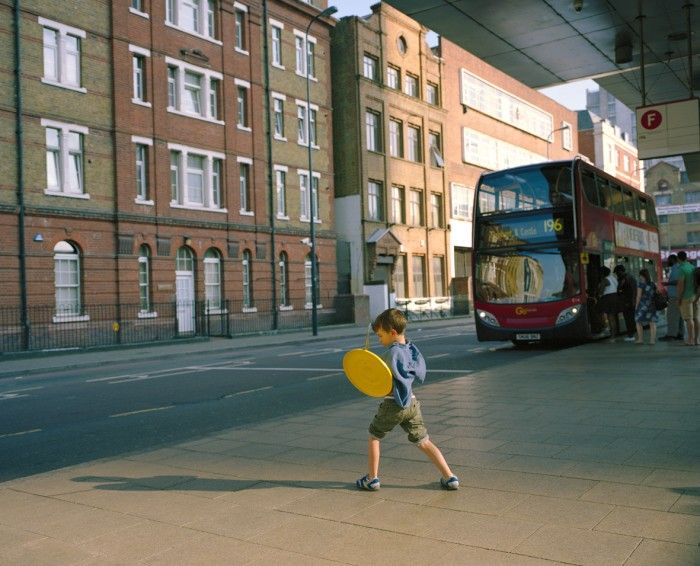
From Via Vauxhall © Niall McDiarmid
Cary Benbow (CB): Over your career, and as you’ve grown personally and professionally, have you tailored your work to seek out specific jobs or work — or has the work found you?
Niall McDiarmid (NM): In my teens and early twenties, I sent short news stories to local newspapers and free sheets in Scotland, where I grew up. After I left university, where I studied engineering, I got a full-time job as a junior reporter working in trade magazines. I traveled around the UK writing stories, mostly on agriculture and the environment. After a year or so of this, I started to supply photographs to go with the stories. From there I returned to college to study photojournalism for a year. I’ve worked freelance for magazines and book publishers, since then. I can’t speak for others but I’ve always found making a living from freelance photography tough, so generally I’ve taken whatever jobs I can get. I even photographed someone’s cat once as a commission. Oh, and a dog. It tried to bite me. It’s a long story.
CB: What do you feel makes a successful portrait?
NM: A connection between the viewer and the people in the photograph. If the photographer can add his or her own distinctive style that usually makes the photograph more memorable or successful.
CB: Why do you think people like to look at pictures of people?
NM: I think it’s a basic human trait, most people are interested in other people and a portrait is a way to explore that curiosity. The places we live, our cultural backgrounds, the clothes we wear, our family ties — there are multiple reasons why we are interested in other people.
CB: Your career has bridged the age of analogue photography dominance into the expansion of digital photography being the current standard. How do you choose to shoot digitally or work with film and film cameras?
NM: Most of the photographs I take every day are digital — on my phone, screen grabs, DSLR etc. Film photography is not a medium that suits the modern commercial and editorial photographer any more. Photo labs are few and far between and when images are needed quickly on a limited budget, the old system of developing film and scanning seldom works. However, I chose to shoot most of my personal work on film. It’s what I started using as a photographer and what I still get most satisfaction from using. It’s a slower, more considered process. I can also achieve colours with film that I can’t replicate in digital. I also don’t think I’ve fully explored the world of analogue film use yet, so I’ll keep shooting with it till I have.
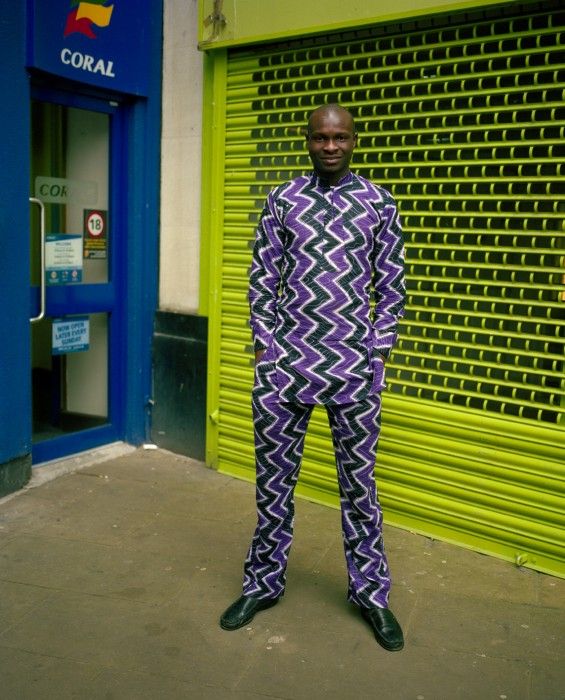
Hertford Street, Coventry — March 2012. From Crossing Paths © Niall McDiarmid
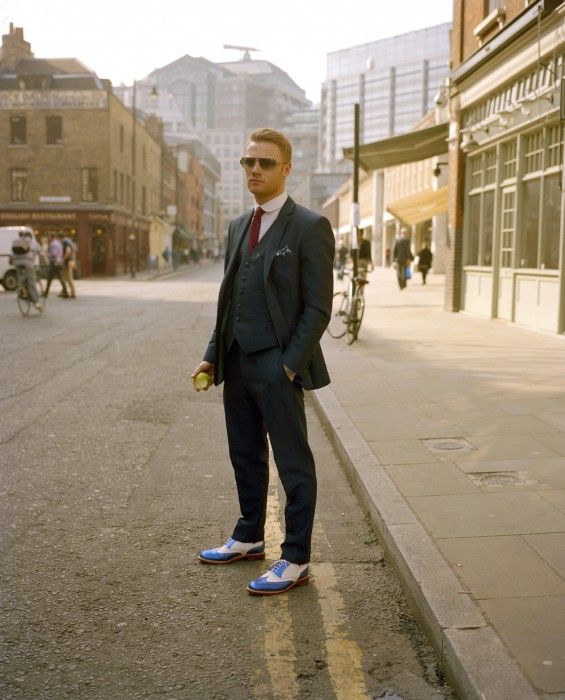
Brushfield Street, London — April 2012. © Niall McDiarmid
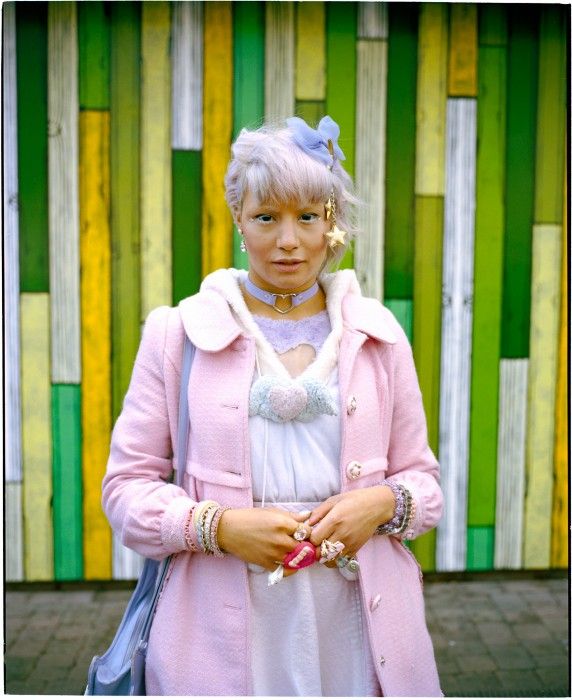
Walthamstow Town Square, East London — Dec’ 2015. © Niall McDiarmid
McDiarmid’s photographic style can be described as ‘straight’, ‘documentary’ or even ‘street photography’. But make no mistake, McDiarmid’s stylistic approach often plays upon subtle use of color or pattern that is never arbitrary; it functions in highly sophisticated ways to connect elements and patterns in his subject’s clothing with their surroundings. In this manner, the people in his portraits are woven into the scene they occupy — an integral part of their surroundings.
As to this aspect of his work, McDiarmid says, “When I started the recent batch of portraits back in 2011, I didn’t have the intention of using colours as a base for the work. However after a few weeks, I realized that it was something I had an eye for. I began to see the way people’s clothing often matched or clashed with the colours that I found on high street shops or billboards and I tried where I could to combine these.”
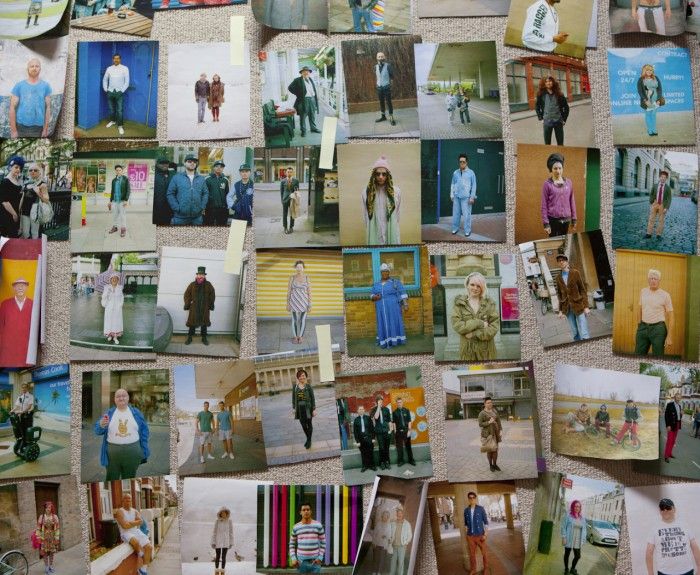
CB: The stereotypical “street photographer” aesthetic is often candid, brazen, and raw images. But your images are ones of inclusion, and not taken as if by a passive viewer. Many images have a connection that is perceived between you and your subjects… what do you feel makes your work stand apart?
NM: I’ve taken series of images that are not collaborative, ones that would be considered more conventional street photographs in the past, and I still shoot a lot of those. However, I like meeting people and if I can use that in a way to take portraits that are somewhat collaborative, so much the better. When I’m taking the images, I’ll make maybe 2 or 3 shots maximum of each person. It has to be quick. I don’t want people to pose; just be as they come. A little apprehension, a little awkwardness and tension in the portrait often works for me. On a very good day I might photograph, 7 or 8 people. On a bad day, none. None is a bad day.
As regards to photography and uniqueness, I suppose there are plenty of photographers who have done work like me and will do in the future. Whether it is possible to pick out my photographs from the thousands produced every day is hard to say — hopefully a few might stick out.
I suppose we all strive to have a unique style. Some photographers, artists… call it what you will… get there. Then I suppose editors and gallery owners call them up and say — ‘Oh, I love that thing you do, that ’style’ of work, that ’thing’. Can you do that for me?’ I’m sure plenty of those successful artists then say, ‘I’ve finished that style, can I do something different for you?’ But in the end, people want you to do what you got well-known for — certainly for a period. I’m sure the smart ones know when to move on, carrying some of the old style with them and developing it into something new.
So uniqueness and my work? — I wouldn’t really know. I guess that’s for others to judge, but it occurred to me that maybe the most successful photographers or artists were the ones who had one simple idea that they stuck to through their whole career and managed to maintain an audience, keep people interested in the work throughout without ever deviating too far from their original path. Maybe in an age where there are so many new images being made, the artists who maintain a steady unwavering course are the real pioneers, the real groundbreakers. Who knows.
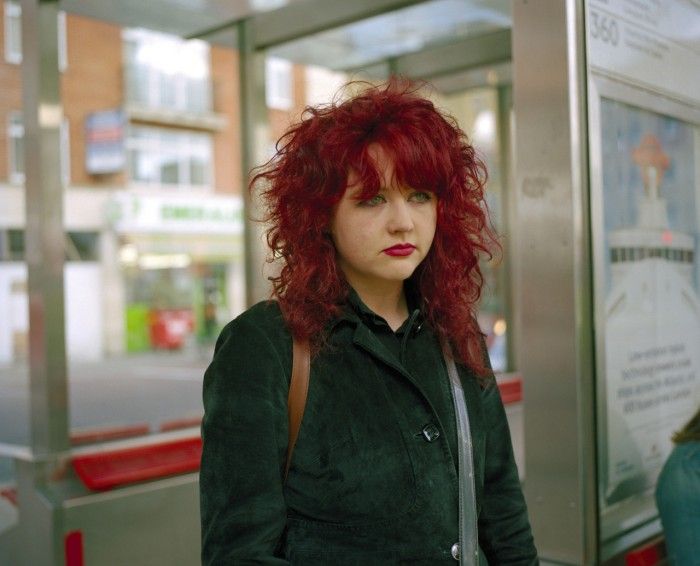
From Via Vauxhall © Niall McDiarmid
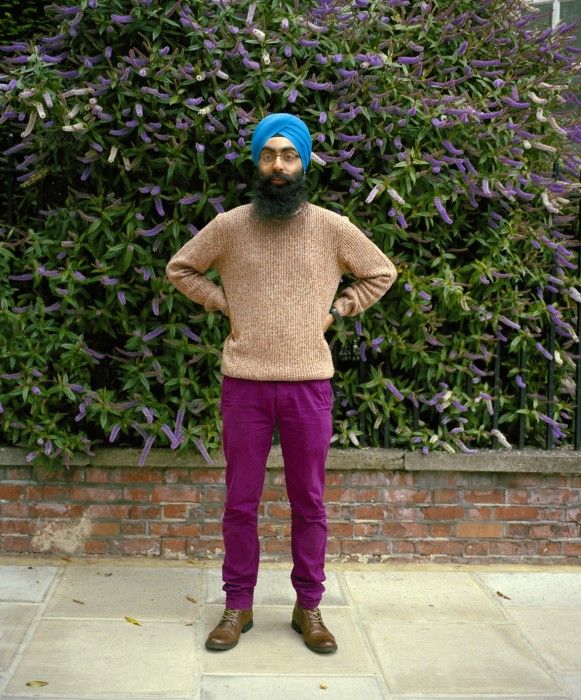
Royal Hospital Road, Chelsea, London — June 2014
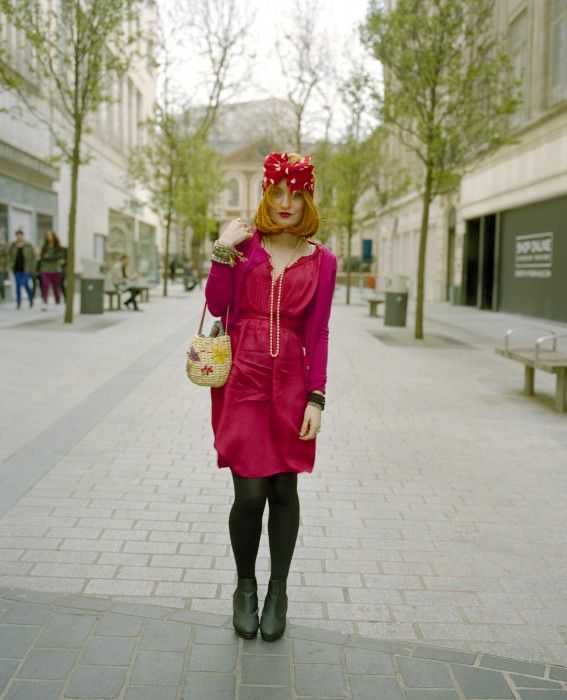
Church Alley, Liverpool — May 2013. From Crossing Paths © Niall McDiarmid
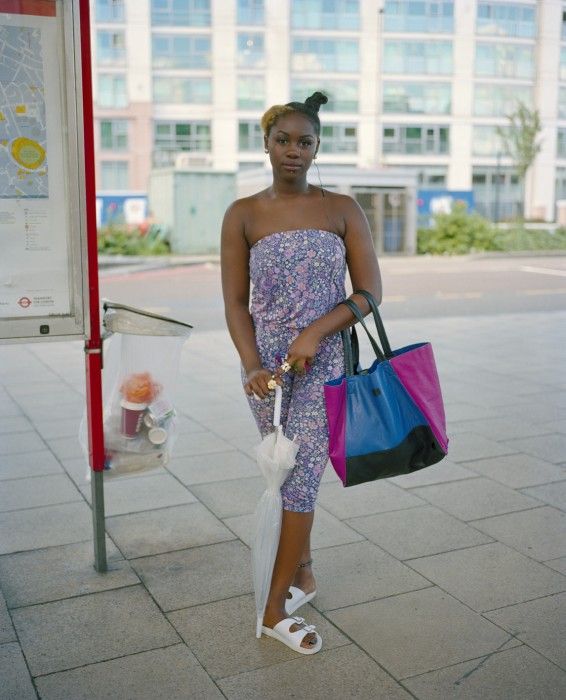
From Via Vauxhall © Niall McDiarmid
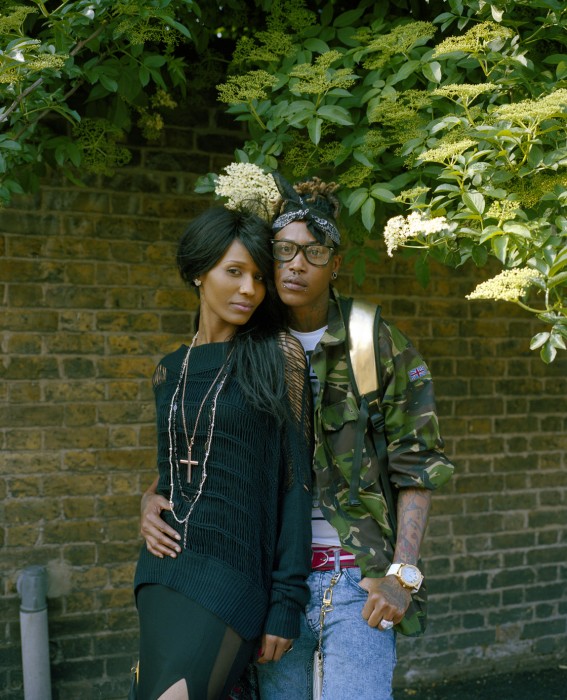
Sumner Avenue, Peckham, South London — May 2013. © Niall McDiarmid
McDiarmid’s list of photography influences includes names such as Diane Arbus, Joel Sternfeld, Vanessa Winship, and British photographer Daniel Meadows. Whether it is the documentary work of Arbus, Daniel Meadow’s work from Living Like This: Around Britain in the Seventies, Richard Avedon’s In the American West, Robert Frank’s The Americans, or Joel Sternfeld’s Stranger Passing — all of these books, all of these photographers, helped define how we remember the people and culture of the times and places they photographed. Niall McDiarmid is no different. His projects have consistently explored the possibility of a collective identity by documenting ordinary people and places throughout the UK.
Two of his long-term projects, Crossing Paths: A Portrait of Britain, and Via Vauxhall, were published in book format; in addition to publishing the work online in dedicated websites. Both projects are series of portraits made by McDiarmid in his encounters with people throughout the UK over the past five years or so, and specifically for Via Vauxhall in the area surrounding the Vauxhall neighborhood of London.
The portraits in his projects largely have no mention of the person’s name, unless included in McDiarmid’s comments. The images are titled minimally by a descriptor of where the portrait was taken. Bodfor Street, Rhyl, or High Street, Poole gives the viewer a marker in McDiarmid’s travels, but also a feeling of the documentary undertow. Wayne Ford, the British designer and creative director, said in his review of ‘Crossing Paths’:
“The portraits that form ‘Crossing Paths’ make a fascinating and engaging survey of contemporary society in the United Kingdom in the early 21st century, that reflects the cultural vibrancy and ethnic diversity of the nation; and like the work of Meadows in the early 1970s, ‘Crossing Paths’ is a social document that stands to be a significant cultural marker of the times in which we live, both now and in the historical context to follow.”
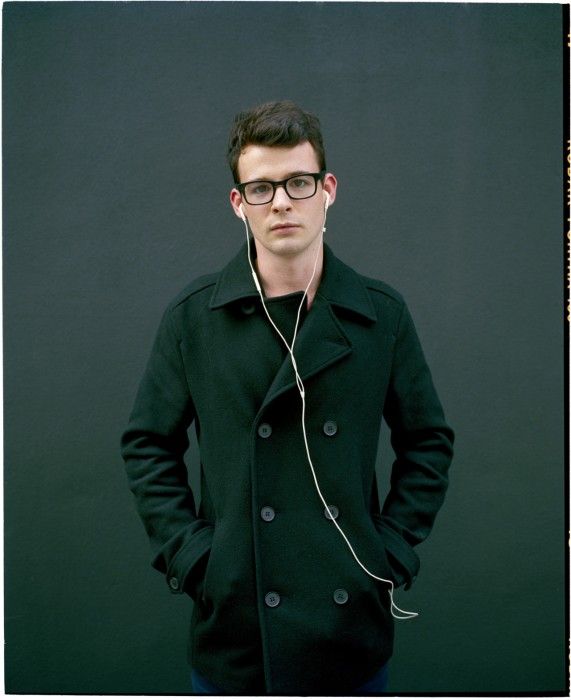
From the series ‘A London Weekend’ — Fitzrovia © Niall McDiarmid
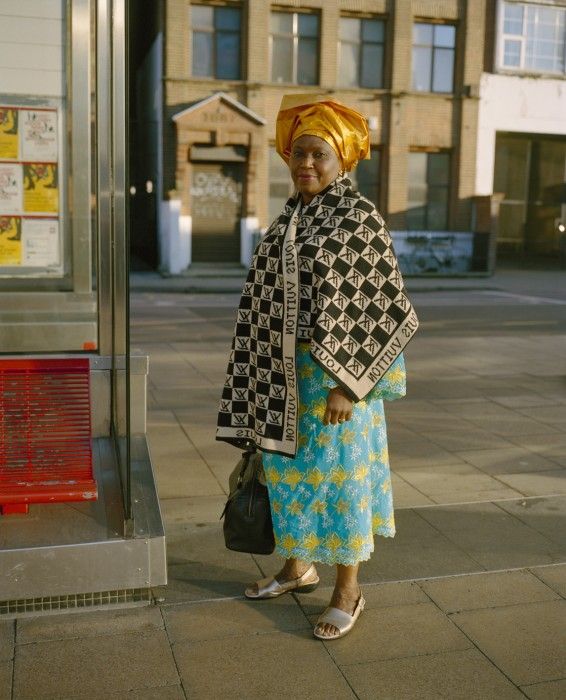
From Via Vauxhall © Niall McDiarmid
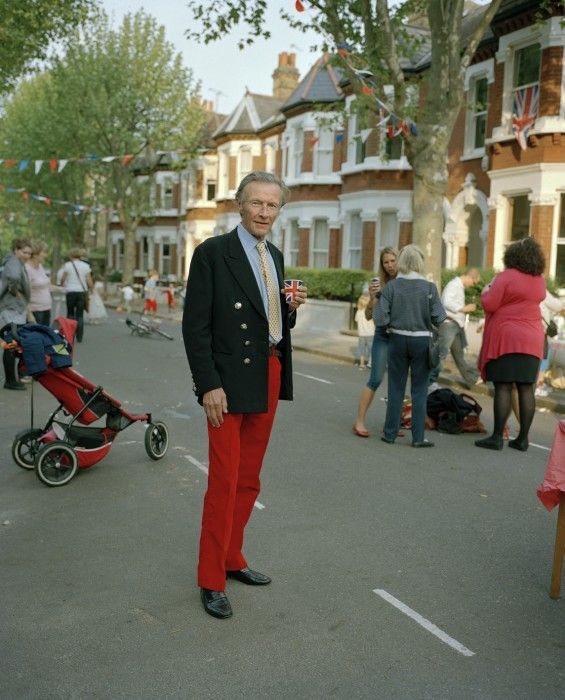
Jessica Road, London — April 2011. From Crossing Paths © Niall McDiarmid
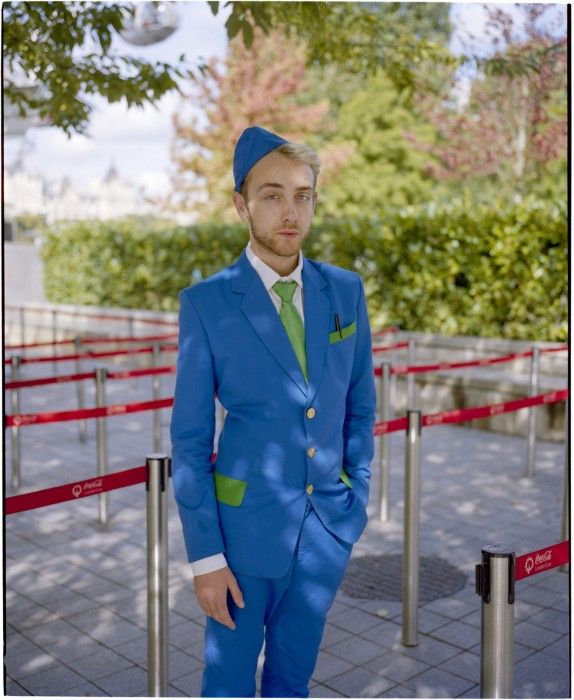
From the series ‘A London Weekend’ — Waterloo. © Niall McDiarmid
McDiarmid, albeit humbly, has garnered major awards, including a prize for portraiture in the 2012 International Photography Awards for his Crossing Paths portraiture project. He has been asked to speak at numerous academic and professional lectures, and his work has been acquired by significant photo collections both private and public. The compliments even include a mention from one of McDiarmid’s own influences. In an interview coinciding with a retrospective of Daniel Meadows work, he was asked whose work inspired him as a student, and who inspires him now. Meadows listed past influences of Bruce Davidson, Josef Koudelka, and Sir John Benjamin Stone — and the short list of current inspirations included Niall McDiarmid’s portraits.
CB: How do you personally process the wide-spread attention your work has garnered? Has it changed the dynamic in your day-to-day?
NM: It’s incredibly hard as a freelance photographer to sustain a career over many years and it’s only getting harder. The money is very tight and there are days when you question your sanity and ask yourself, “What am I doing this for?” But after 25 years as a photographer, I have come to realise, it’s a large part of my life and probably always will be. One of the positives of the recent changes in photography is that those coming into the industry know from the start that it’s a challenging way to earn a living. Many photographers now have to earn a living doing something unrelated to taking pictures. In a way that can be liberating experience, particularly where personal projects are concerned. In the past, I think there was a tendency for photographers to create a series of personal work with a view to how it might be used commercially, maybe in a magazine. Now, although the money is much reduced, the internet has given us all the freedom to do as we like without worrying so much about where the images might be used.
I am glad that people enjoy following my journey, but as regards to wide-spread attention, I wouldn’t know. I try to just keep going, keep getting out as often as I can. My life feels like a chaotic mix of chasing around after my children, shooting my personal work and trying to earn a living as best I can — mostly very badly. Professional is not a word I associate with myself too often, but I hope to be professional one day! With so much new photography out there and so many outlets: galleries, magazines, newspapers and online — it is increasingly hard to get your work recognised. That’s why I try hard to carve out a style that people can relate to. Hopefully, I’ve gone some way to achieving that. The next challenge for me is to sustain that work and continue to develop it.
CB: The people and the locales in your portrait work have the common aesthetic of your eye and your style, but the people you photograph are very diverse. Is there a shift in the types of people and communities you’ve encountered over the years?
NM: I’m interested in changing population, changing communities, and multiculturalism so, yes, the people in my work are diverse. I am very interested in the idea of a large body of work that covers the whole country in an uncomplicated, democratic look at people at this time. I’m very interested in colour and shape and how it is present in our everyday life even though we often don’t notice it. There are noticeable differences between towns across the country I visit; different ethnic groups and different economic situations, but I would rather not label them. I’m not specifically trying to create work that defines what it means to be British; or Scottish, Welsh, or Irish for that matter. I would rather people just look at the images and make their own minds up about Britain and how it is changing. More people from different backgrounds are coming to live here than ever before. I try to show these changes in the people I meet. Whether those who view the photographs pick up on that, I wouldn’t know. But multiculturalism and shifting demographics are at the core of the work, particularly the portraits.
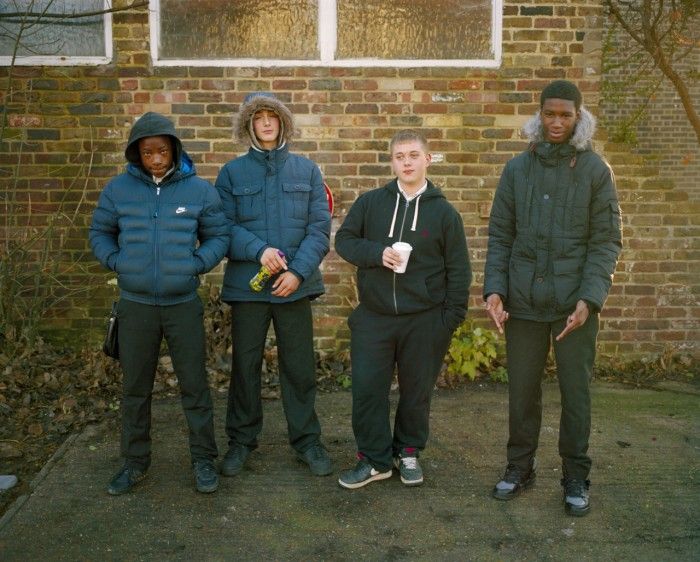
Boys by Three Kings Pond, Mitcham, South London — Dec. 2014 © Niall McDiarmid
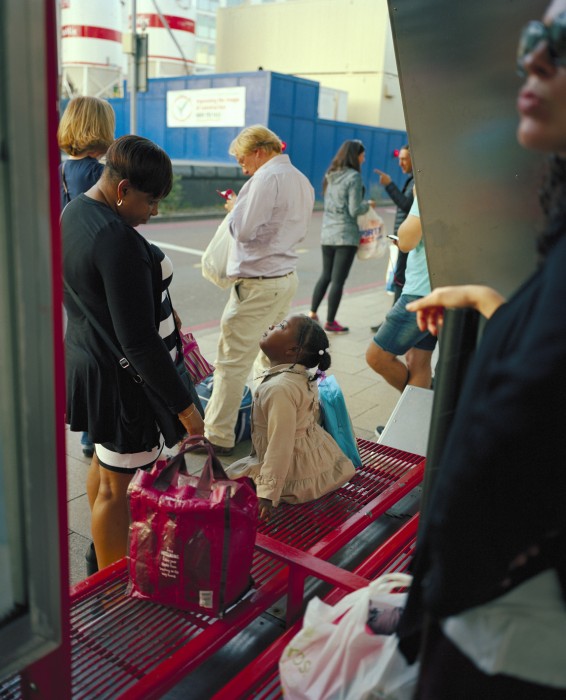
From Via Vauxhall © Niall McDiarmid
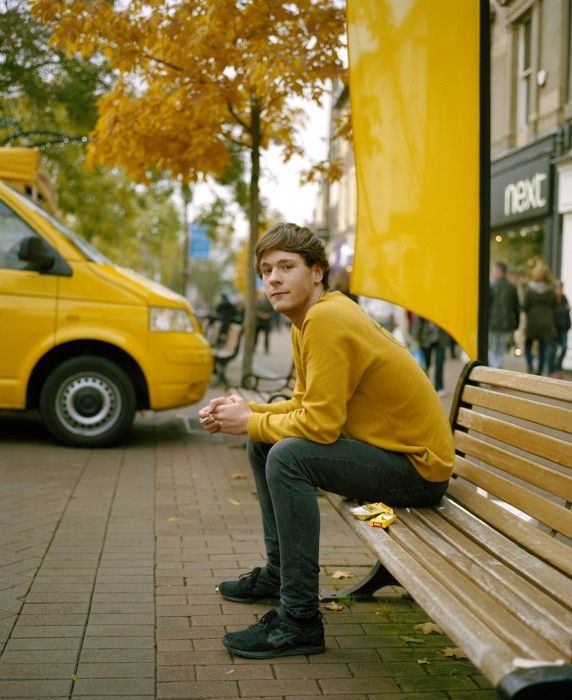
English Street, Carlisle, Cumbria — Oct 2015 © Niall McDiarmid
Niall McDiarmid is a photographer based in London. His work is primarily about documenting Britain and has been published and exhibited widely. His work has received such recognition as one of Vogue’s Best Spring Photobooks 2015, a number of his prints featured in the Crossing Paths book have been acquired by the Sir Elton John Photography Collection in Atlanta Georgia, and his work has been featured by Time Magazine, BBC, Vogue Magazine, and The Independent.
Originally published in Wobneb Magazine, an online magazine featuring contemporary photography. Follow Wobneb on Tumblr, or Twitter
All photographs © Niall McDiarmid, used with permission.
Events by Location
Post Categories
Tags
- Abstract
- Alternative process
- Architecture
- Artist Talk
- Biennial
- Black and White
- Book Fair
- Car culture
- charity
- Childhood
- Children
- Cities
- Collaboration
- Cyanotype
- Documentary
- environment
- Event
- Exhibition
- Family
- Fashion
- Festival
- Film Review
- Food
- Friendship
- FStop20th
- Gun Culture
- Italy
- journal
- Landscapes
- Lecture
- love
- Masculinity
- Mental Health
- Museums
- Music
- Nature
- Night
- photomontage
- Podcast
- Portraits
- Prairies
- River
- Still Life
- Street Photography
- Tourism
- UFO
- Wales
- Water
- Zine

Leave a Reply